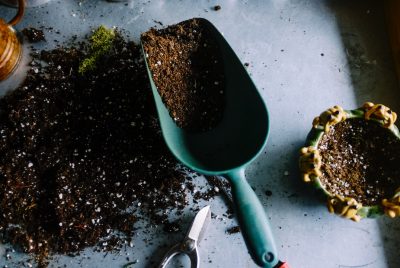What Is Cold Frame Gardening?
In this article, I will discuss what cold frames are, how to set them up, and what plants you can grow in them. I will also provide some helpful tips and suggestions on cold frame gardening.
Cold frames are a great way to extend your growing season and get a jump start on spring. They can also be used to protect your plants from harsh weather conditions, such as frost and snow. There can be included in your journey towards urban agriculture.
What is a Cold Frame?
A cold frame is a small, enclosed structure that is used to protect plants from the elements. It is typically made of wood or plastic and has a glass or plastic lid. Essentially, you can extend your growing season and get a jump start on spring with cold frame gardening. With a little planning and time management, you can start enjoying fresh, homegrown produce all year long!
Cold frames work by capturing the heat from the sun and using it to warm the air and soil inside. This is similar to how a greenhouse works, just that you can make this a smaller scale project. This allows you to grow plants in colder climates or extend your growing season.
How to Set Up a Cold Frame
Setting up a cold frame is a relatively easy project. You can purchase a pre-made cold frame or build your own.
If you are building your own cold frame, you will need the following materials:
- Wood or plastic
- Glass or plastic for the lid
- Screws or nails
- Tools
Once you have gathered your materials, you can begin building your cold frame. Here are the basic steps:
- Cut the wood or plastic to the desired size.
- Assemble the frame.
- Attach the lid.
- Place the cold frame in your garden.
What Plants Can You Grow in a Cold Frame?
You can grow a variety of plants in a cold frame. Some popular choices include:
- Lettuce
- Spinach
- Radishes
- Cucumbers
- Tomatoes
- Peppers
- Herbs
Helpful Tips and Suggestions
Here are a few helpful tips and suggestions for cold frame gardening:
- Choose a sunny spot for your cold frame.
- Make sure the cold frame is well-ventilated.
- Water your plants regularly.
- Fertilize your plants as needed.
- Protect your plants from pests and diseases.
Conclusion
Cold frames are a great way to extend your growing season and get a jump start on spring. They are also a great way to protect your plants from harsh weather conditions.
If you are looking for a way to grow more food or extend your growing season, a cold frame is a great option.
FAQs
What are the benefits of using a cold frame?
Cold frames can extend your growing season by up to 6 weeks. They can protect your vegetables from frost, snow, and other harsh weather conditions. They can help you grow more food in a smaller space.
What are the disadvantages of using a cold frame?
Cold frames can be expensive to purchase or build. They can be difficult to ventilate properly. They can be difficult to keep clean.
How do I know if a cold frame is right for me?
If you live in a climate with a short growing season or if you want to grow more food, a cold frame may be right for you. However, if you are on a tight budget or if you don’t have much time to garden, a cold frame may not be the best option for you.
What are some of the most popular plants to grow in a cold frame?
Some of the most popular plants to grow in a cold frame include lettuce, spinach, radishes, cucumbers, tomatoes, peppers, and herbs.
How do I care for my plants in a cold frame?
You should water your plants regularly and fertilize them as needed. You should also protect your plants from pests and diseases.





